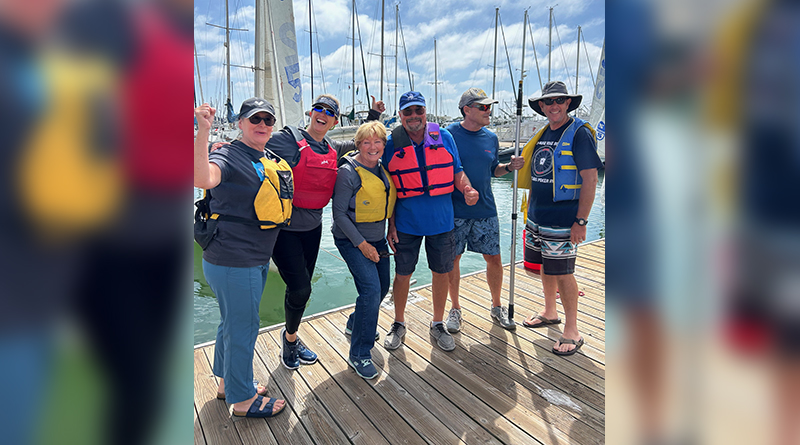If you’ve spent any time on a sportfishing boat off the Southern California coast, chances are you’ve heard the term “flylining” tossed around the bait tank. It’s a technique as classic as it is effective, and if you’re targeting yellowtail, tuna, calico bass, or dorado, it’s a trick you’ll want up your sleeve—or rather, on your hook.
At its core, flylining is about keeping things simple and natural. The technique involves hooking live bait — typically sardines, anchovies, or mackerel — and casting it into the water without any added weight, sinkers, or hardware. That leaves the bait free to swim naturally in the current, just like it would in the wild. And to a hungry predator, that makes it nearly irresistible.
“The beauty of flylining is you’re letting the bait do the work,” as many seasoned captains will tell you. With no sinkers dragging it down or hardware interfering, the bait moves with the current and behaves naturally, making it an easy target for surface-feeding fish. It’s particularly deadly when targeting species like yellowtail and tuna around kelp paddies, reefs, or offshore banks, where predators are often lurking just below the surface.

Log image
How It Works
The setup is refreshingly simple. Most anglers use a light fluorocarbon or monofilament leader tied to their main line. The hook can be placed through the nose, collar, or back of the live bait, depending on conditions and how you want the bait to swim. From there, you gently lob the bait out into the water and let it swim on its own.
The key is to maintain a loose line — just enough tension to feel the bite, but not so much that it restricts the bait’s movement. Let the bait swim, watch your line, and stay ready.
Flylining works best in calm to moderate currents when fish are feeding near the surface or midwater column. It’s a go-to tactic on many Southern California sportfishing trips, especially during summer when yellowtail, tuna, and dorado are within striking distance.
Can You Flyline with Different Reels? You Bet.
While the concept is simple, the reel you choose can make or break your flylining success. The good news is, you can flyline with a variety of reels — though some styles are better suited to the job than others.
Conventional Reels are the top pick for serious flylining. These reels give you precise control over how much line you let out, making it easy to smoothly feed line as your bait swims. With a conventional reel, you can “thumb the spool” to stay in contact with your bait and strike quickly when a fish bites. These setups are perfect for open water, offshore fishing, and working kelp paddies. Brands like Penn Fathom, Shimano Trinidad, and Avet are popular among SoCal anglers.
Spinning Reels also get the job done, especially if you’re working lighter bait like anchovies or sardines, or if you’re flylining inshore. Spinning setups are easy to use, great for casting distance, and perfect for beginners. That said, managing line slack is important to avoid tangles, and they aren’t ideal for heavy setups or targeting larger offshore species. Some reliable spinning reels for the job include the Penn Battle, Shimano Stradic, and Daiwa BG.
Baitcasting Reels, which fall somewhere between conventional and spinning reels, can work well in specific situations. Their compact size makes them great for light-tackle inshore flylining or targeting calico bass around structure. Just keep in mind that most baitcasters lack the line capacity and drag strength for bigger offshore species. If you want to give it a shot, try models like the Shimano Curado or Daiwa Tatula.
The Final Word on Flylining
Regardless of your reel choice, the real secret to successful flylining is all about presentation. Smooth line flow, minimal resistance, and a natural-swimming bait are what fool even the wariest fish. Matching your reel, line, and hook to your bait size, target species, and fishing location will dramatically improve your chances.
For Southern California anglers, flylining remains one of the simplest, most effective ways to connect with prized species like yellowtail, tuna, and calico bass. It’s a reminder that sometimes, less really is more — just let the bait do its thing.
Need help building the perfect flylining setup for SoCal waters? Just ask your local tackle shop, or stay tuned to The Log for more gear tips and fishing techniques to help you hook up on your next trip.





